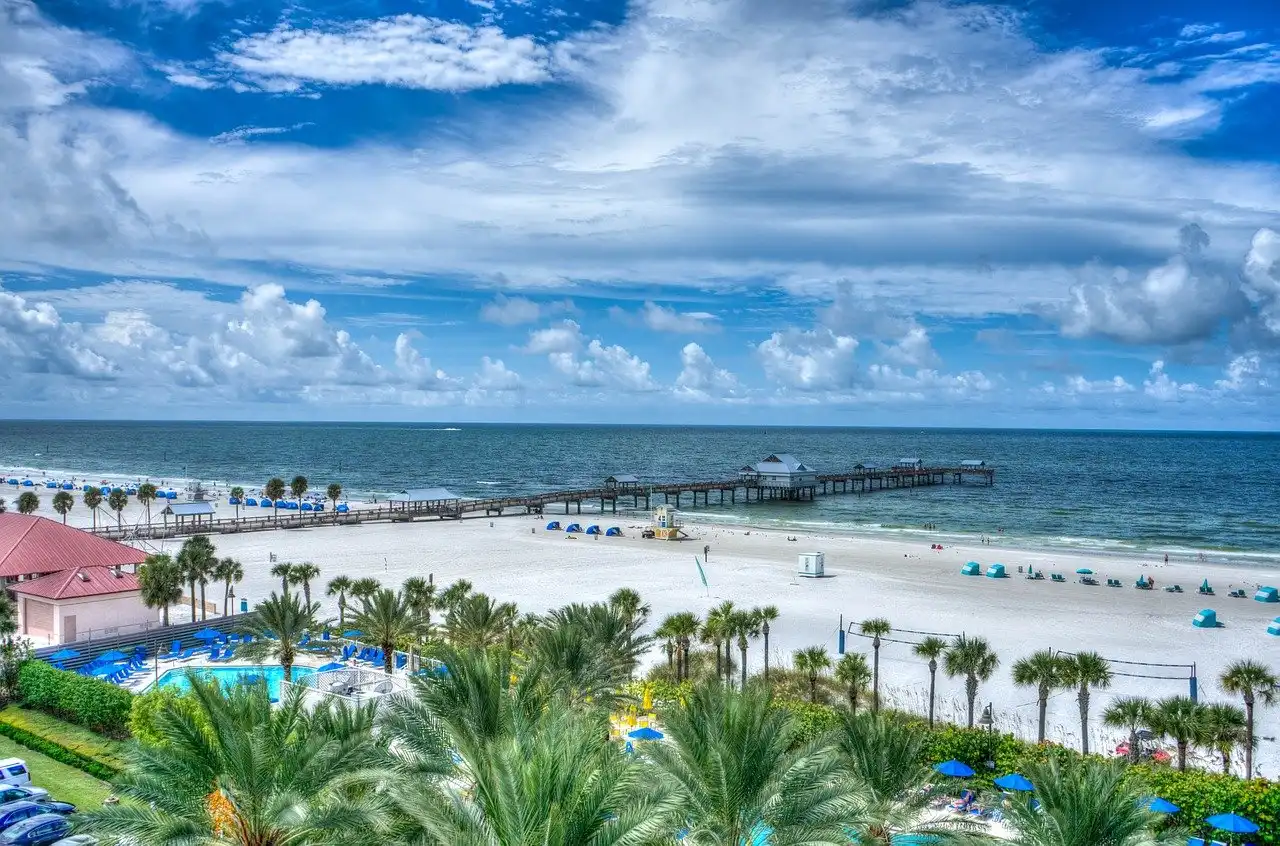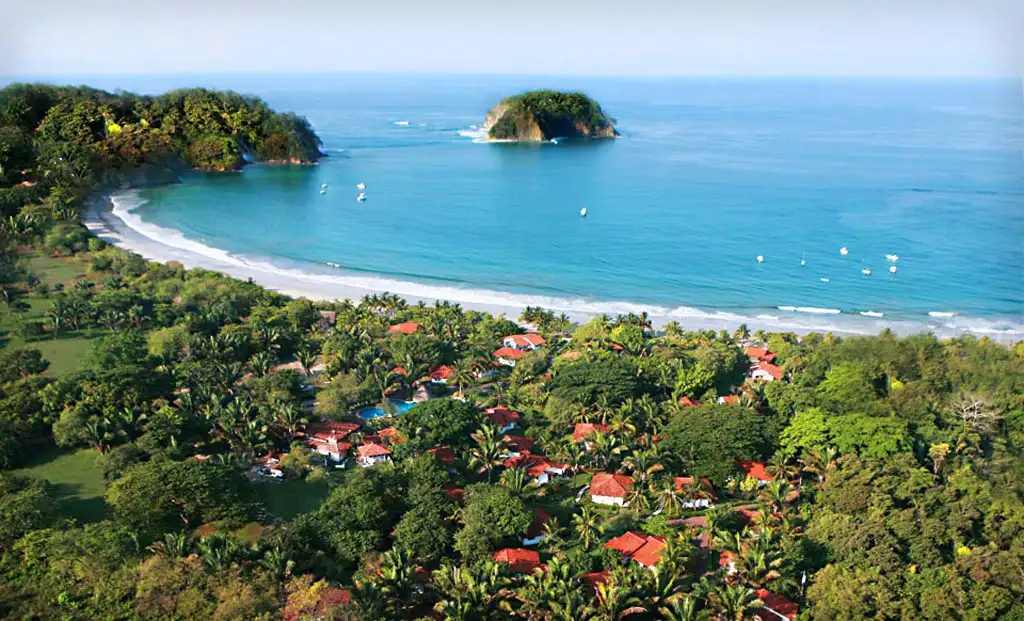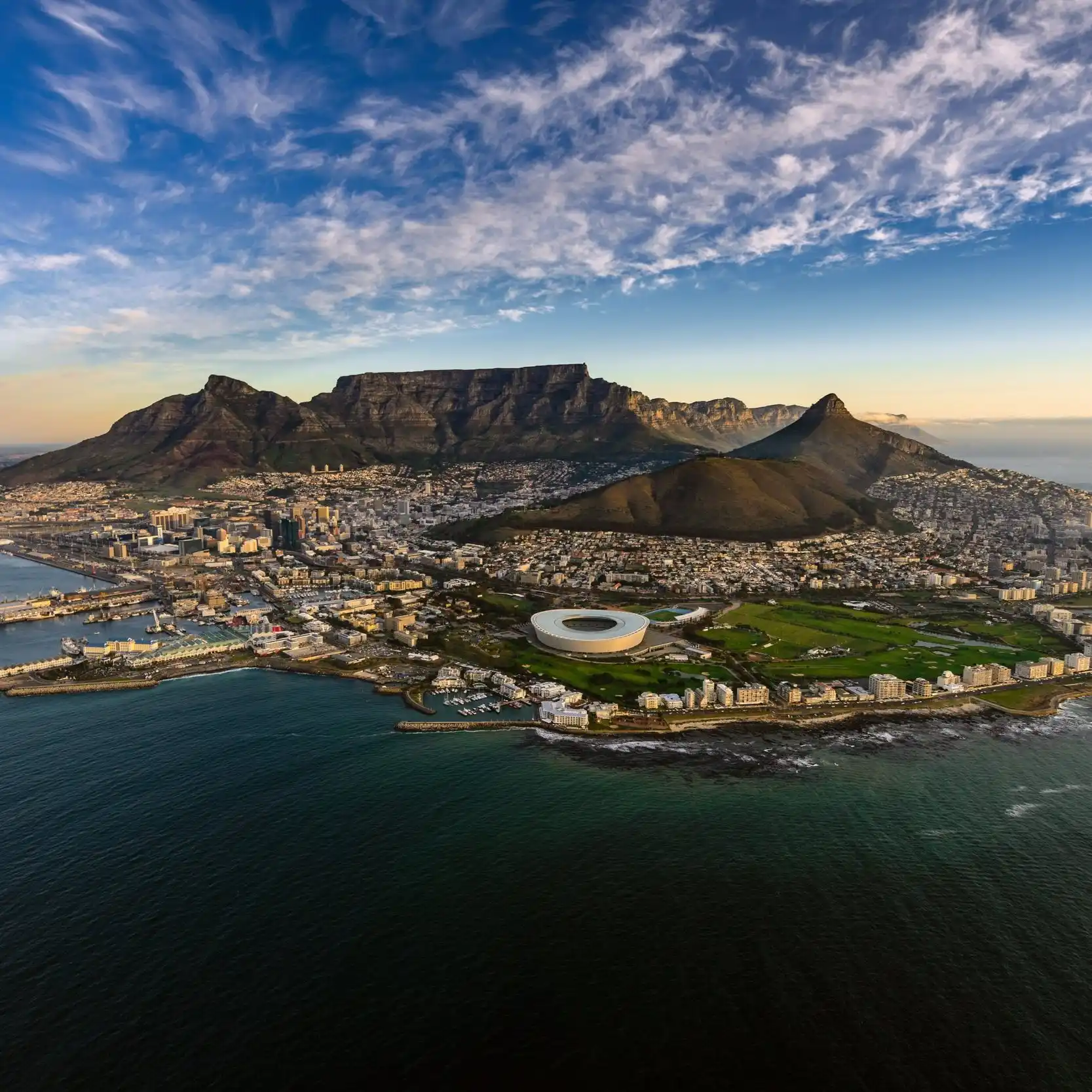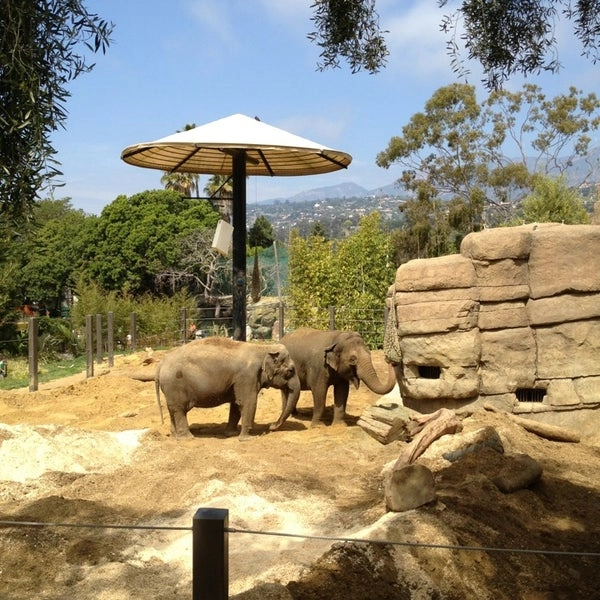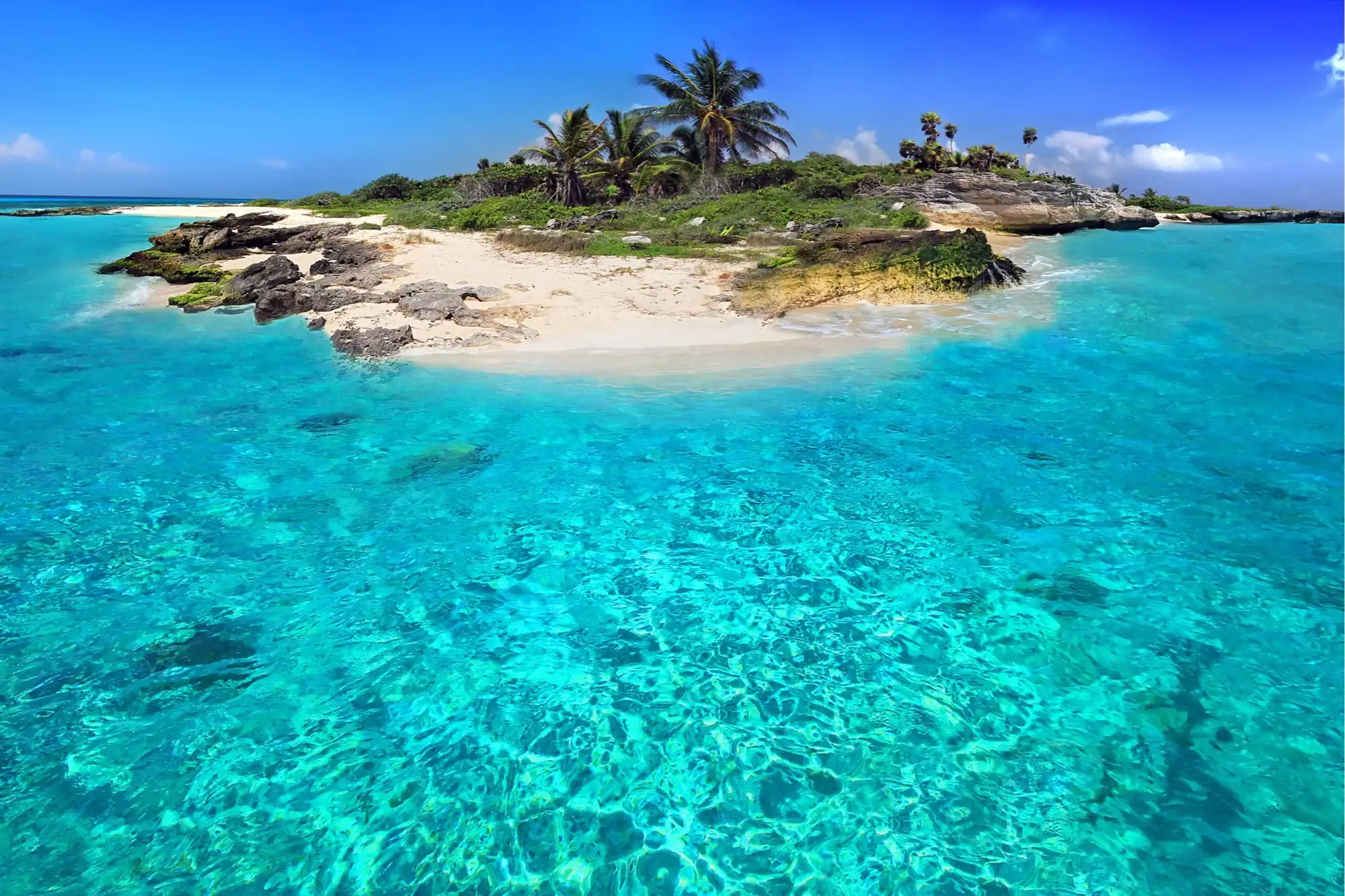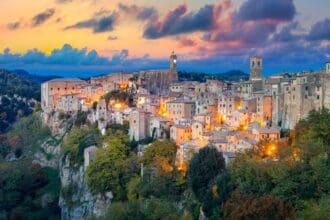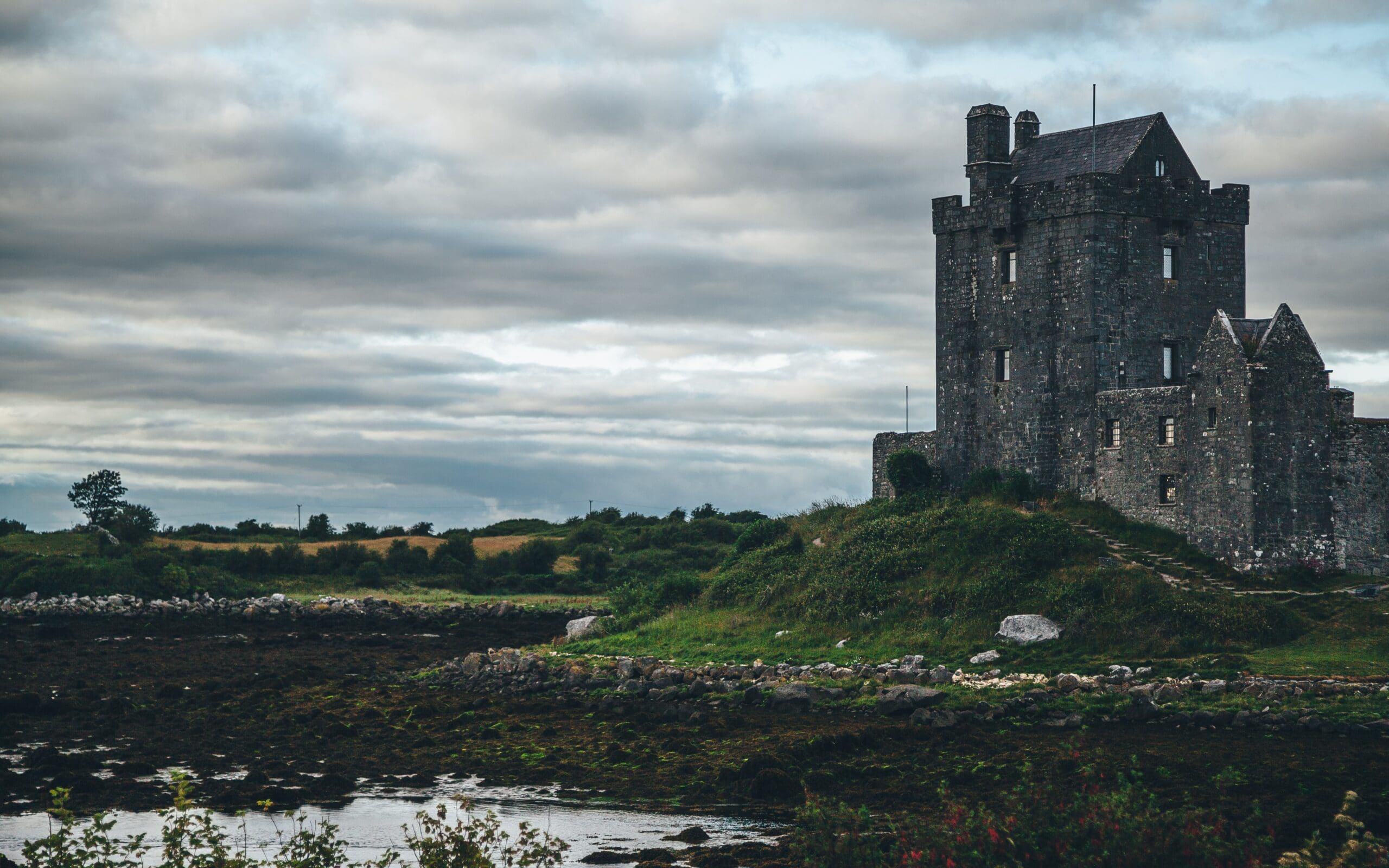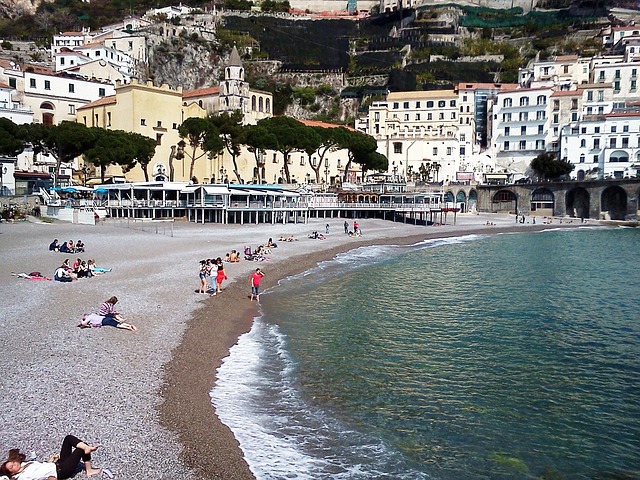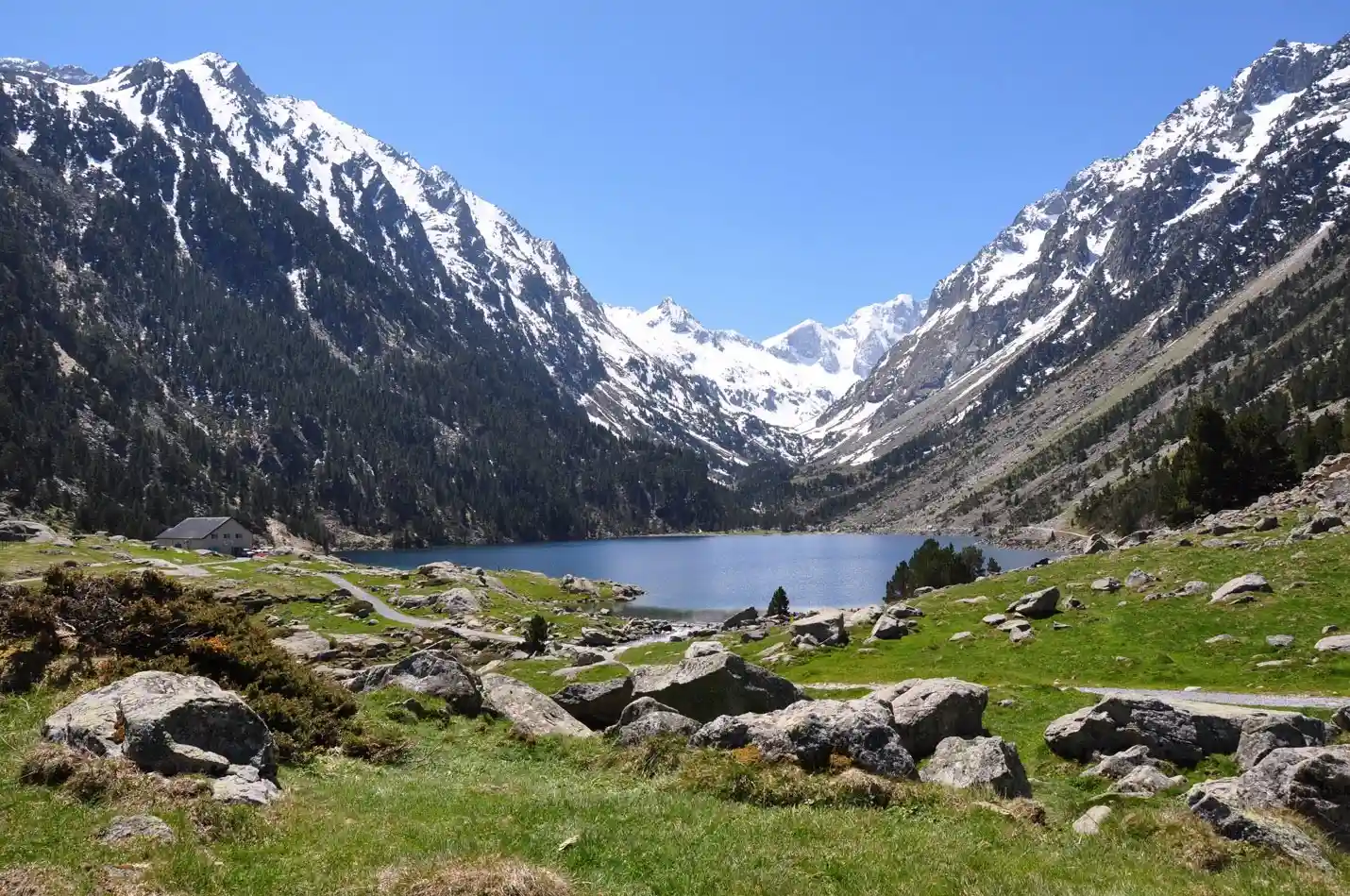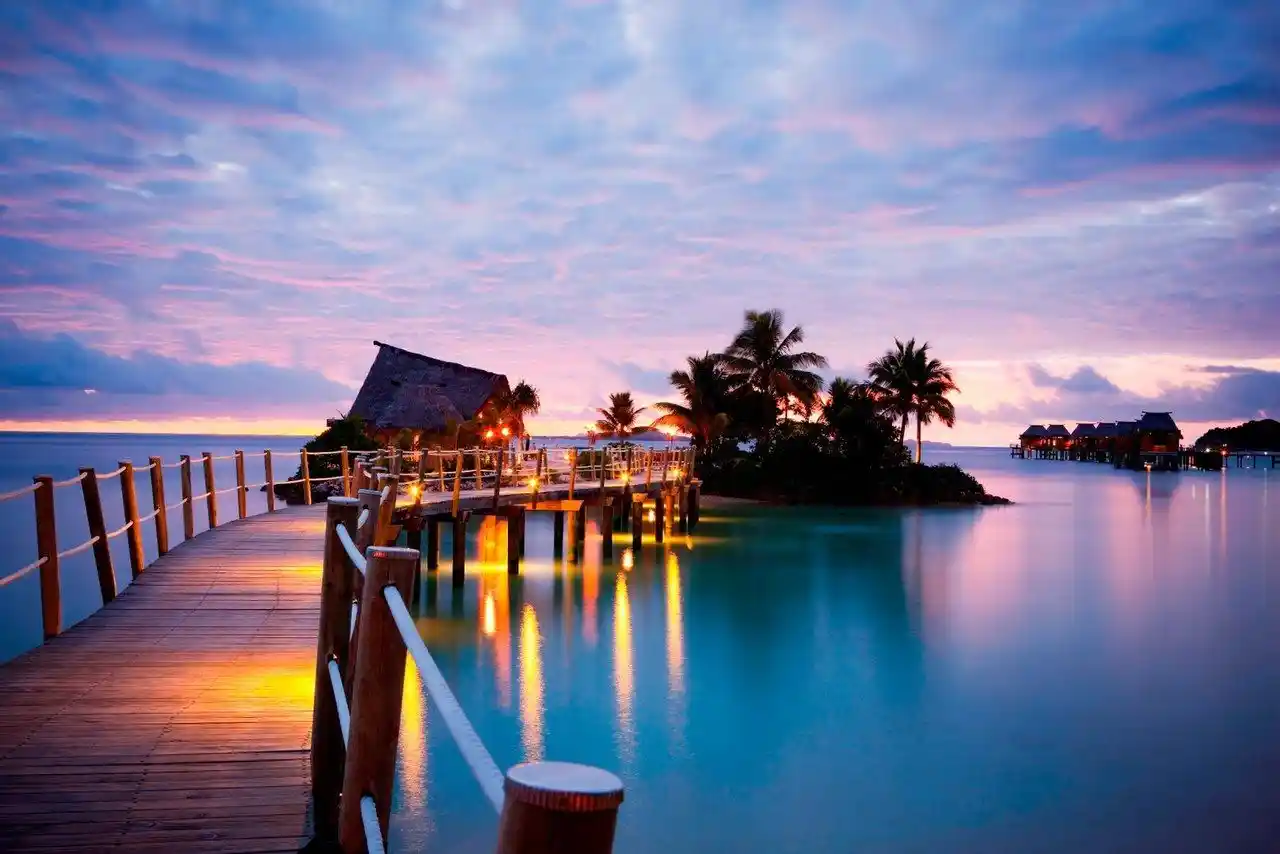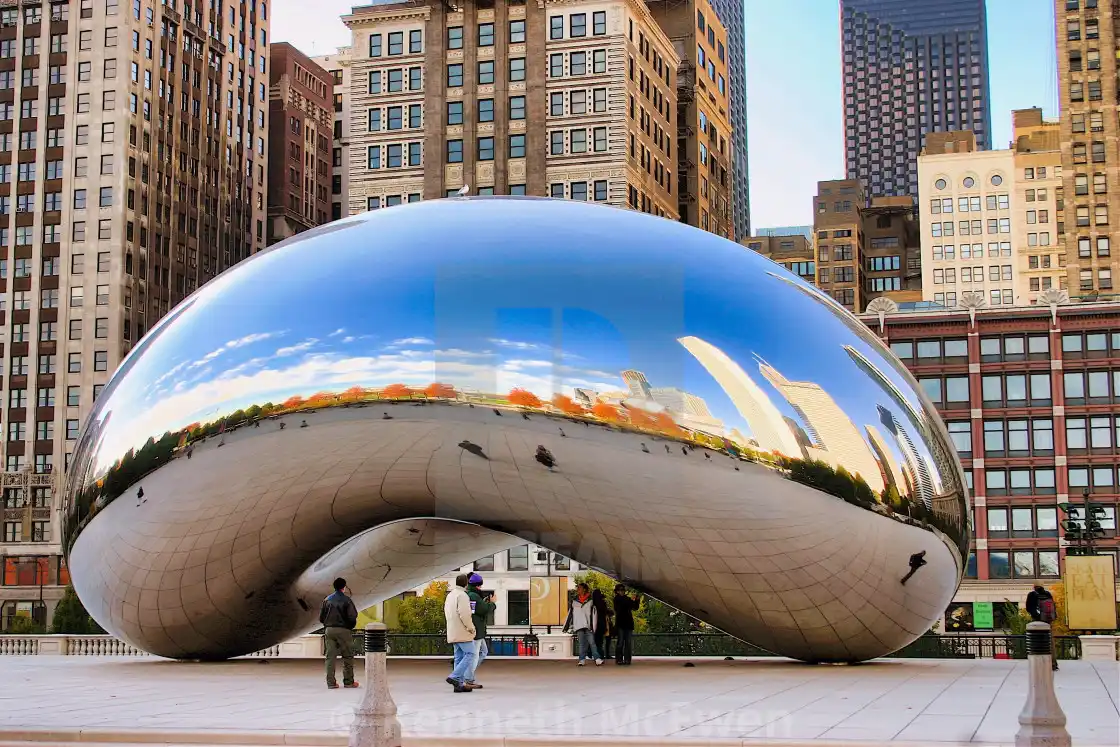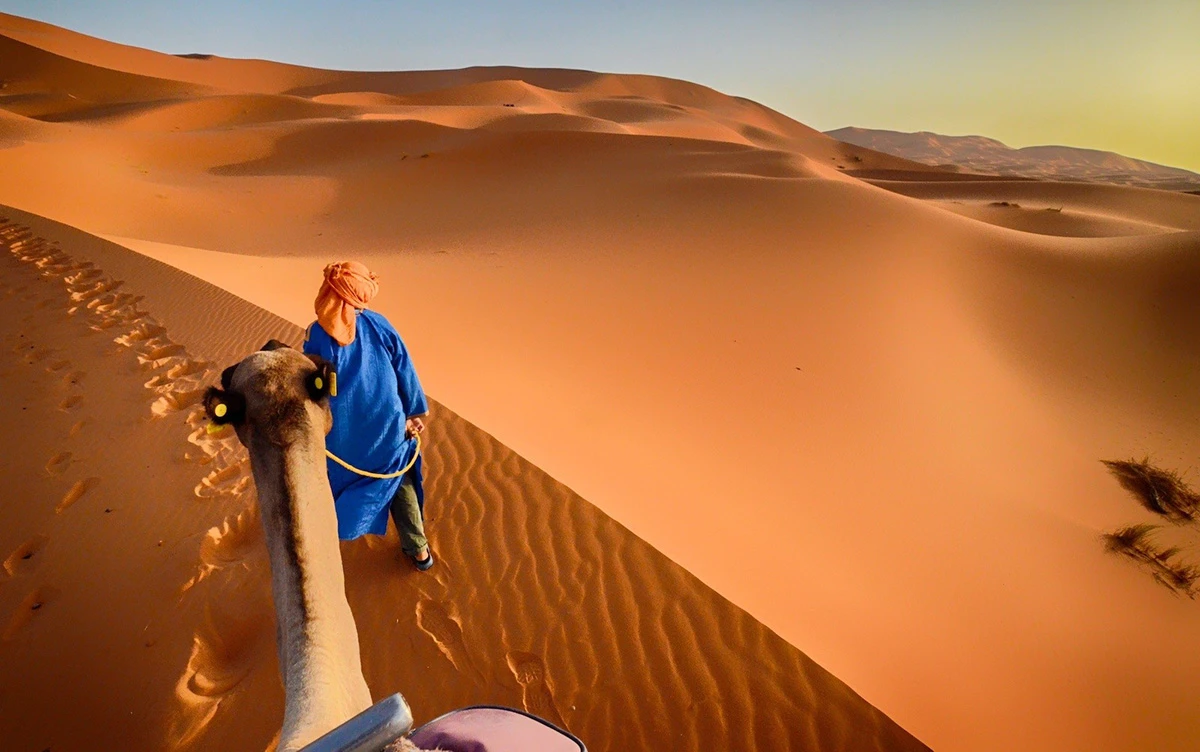The Pikey Peak Trek is one of the newest trekking routes in Nepal, providing trekkers with a unique and unforgettable adventure. Situated in the Solu region of Nepal, this trek has gained popularity due to its off-the-beaten-path nature, panoramic views of the Himalayan mountain range, and opportunities for cultural immersion with the indigenous Sherpa communities. The trek, with its moderate difficulty level and relatively low altitude, offers an ideal choice for trekkers looking for a less-crowded but equally beautiful alternative to popular trails like the Everest Base Camp trek.
Why Choose the Pikey Peak Trek?
The Pikey Peak Trek is a fantastic option for both seasoned trekkers and beginners due to its accessibility, stunning landscapes, and cultural experiences. Here are several reasons why you should consider this trek:
- Unrivaled Himalayan Views
From the summit of Pikey Peak (4,065 meters or 13,335 feet), trekkers are treated to one of the most spectacular panoramic views of the Himalayas, including Mount Everest, Makalu, Lhotse, and Kanchenjunga. Unlike other trekking routes, Pikey Peak offers a clear and relatively unobstructed view of these towering peaks. - Off-the-Beaten-Path Experience
Unlike other more heavily trafficked trekking routes in Nepal, the Pikey Peak Trek sees fewer tourists, which makes it an ideal choice for those seeking peace and solitude amidst nature. The trek allows trekkers to enjoy the serenity of the Himalayas while interacting with the friendly locals in small, traditional villages. - Cultural and Traditional Insights
One of the main attractions of the Pikey Peak Trek is the opportunity to experience the vibrant Sherpa culture. Along the route, trekkers will pass through numerous Sherpa villages, where they can visit local monasteries, learn about the Sherpa way of life, and interact with the indigenous communities. The Sherpa people are renowned for their hospitality and deep connection with the mountains, making this trek a cultural journey as much as it is a physical one. - Natural Beauty and Flora
The trek takes you through lush forests, including dense rhododendron groves, pine forests, and alpine meadows. The vibrant colors of blooming rhododendrons in the spring and the stunning landscape of valleys and ridges provide a visual treat. The flora and fauna along the route offer fantastic opportunities for nature lovers and photographers. - Moderate Difficulty
Pikey Peak is a moderate trek, which means that it is suitable for trekkers with a basic level of fitness and trekking experience. It is not as physically demanding as some of the more strenuous treks in the Himalayas, making it perfect for those who want to challenge themselves without the extreme altitude risks of other treks like the Everest Base Camp or Annapurna Circuit.
Itinerary of the Pikey Peak Trek
The trek typically takes about 5 to 7 days, depending on your pace and itinerary. Here’s an example of a standard itinerary for the trek:
Day 1: Kathmandu to Phaplu (Flight and Trek to Salleri)
- Flight: Fly from Kathmandu to Phaplu (the nearest airport to the trek starting point).
- Trek to Salleri: Upon arrival at Phaplu, begin your trek to Salleri, a small village that is the administrative hub of the Solu region. This day is primarily for acclimatization.
Day 2: Salleri to Manebhanjyang
- Trek to Manebhanjyang: Start the trek towards Manebhanjyang, a charming village with excellent views of the surrounding hills and forests. This day involves a moderate climb through forests and local villages.
Day 3: Manebhanjyang to Pikey Base Camp
- Trek to Pikey Base Camp: This day will be a bit more challenging as you ascend to the base camp of Pikey Peak. The route takes you through alpine forests, and upon arrival, you’ll be rewarded with views of the surrounding snow-capped peaks.
Day 4: Summit Pikey Peak and Trek to Junbesi
- Pikey Peak Summit: Start early for a sunrise trek to the summit of Pikey Peak. The summit offers breathtaking 360-degree views of the Himalayas, including Everest, Makalu, and Lhotse. Afterward, descend to Junbesi, a Sherpa village located in the lower Solu region.
Day 5: Junbesi to Phaplu
- Trek back to Phaplu: This day will involve retracing your steps back to Phaplu. The descent is easier, and you can reflect on the incredible views and experiences from your trek.
Day 6: Return to Kathmandu
- Flight back to Kathmandu: Fly back to Kathmandu from Phaplu to complete your journey.
What You’ll See Along the Pikey Peak Trek
The Pikey Peak Trek offers some of the most incredible views of the Everest region, along with a glimpse of the natural and cultural diversity of Nepal. Here’s what you can expect:
- Mount Everest Views: The trek provides exceptional views of Mount Everest, as well as neighboring peaks such as Makalu, Kanchenjunga, and Lhotse, especially from the summit of Pikey Peak.
- Sherpa Villages: Trekking through quaint Sherpa villages like Junbesi and Salleri, you’ll get a chance to experience the local culture. The villages are home to warm-hearted Sherpas who live in close connection with the mountains.
- Buddhist Monasteries: You’ll encounter several monasteries along the way, such as the famous Thubten Chholing Monastery in Junbesi, offering a deep spiritual and cultural experience.
- Rhododendron Forests: The trek is dotted with vibrant forests, especially during the spring when the rhododendrons are in full bloom, adding a beautiful splash of color to the landscape.
- Wildlife and Flora: The Solu region is home to various species of wildlife, including musk deer, Himalayan tahr, and various bird species. Along the trail, you’ll also witness alpine flora such as primroses, blue poppies, and orchids.
Best Time to Trek Pikey Peak
The best times to trek Pikey Peak are during the spring (March to May) and autumn (September to November) seasons. During these periods, the weather is mild, and the skies are clear, offering stunning views of the mountain ranges. The spring season is especially beautiful when the rhododendron forests are in full bloom. Autumn offers clear skies and crisp air, making it perfect for photography and outdoor activities.
Conclusion
The Pikey Peak Trek offers an extraordinary trekking experience for those looking to explore Nepal’s Himalayas without the overwhelming crowds. With its stunning views of the Everest range, lush forests, and cultural richness, this trek promises to be a memorable adventure. It’s an ideal trek for nature lovers, photographers, and those seeking to experience the serenity and beauty of Nepal’s less-visited regions.
FAQs
1. What is the Pikey Peak Trek?
The Pikey Peak Trek is a moderate trekking route in the Solu region of Nepal, offering stunning views of Mount Everest, Lhotse, Makalu, and Kanchenjunga, along with an opportunity to experience Sherpa culture.
2. How difficult is the Pikey Peak Trek?
The trek is of moderate difficulty, making it suitable for trekkers with basic trekking experience. It is not as physically demanding as higher altitude treks like Everest Base Camp or Annapurna Circuit.
3. How long does the Pikey Peak Trek take?
The trek typically takes about 5 to 7 days, depending on the itinerary and pace.
4. What is the best time to trek Pikey Peak?
The best time to trek is during the spring (March-May) and autumn (September-November) seasons when the weather is mild and skies are clear.
5. Can I see Mount Everest from Pikey Peak?
Yes, the summit of Pikey Peak offers breathtaking panoramic views of Mount Everest and other nearby peaks like Lhotse, Makalu, and Kanchenjunga.
6. What cultural experiences can I expect on the Pikey Peak Trek?
The trek offers a rich cultural experience with visits to Sherpa villages, monasteries, and the chance to interact with the indigenous Sherpa people.
7. How do I get to the starting point of the Pikey Peak Trek?
You can fly from Kathmandu to Phaplu and then begin the trek from there.


